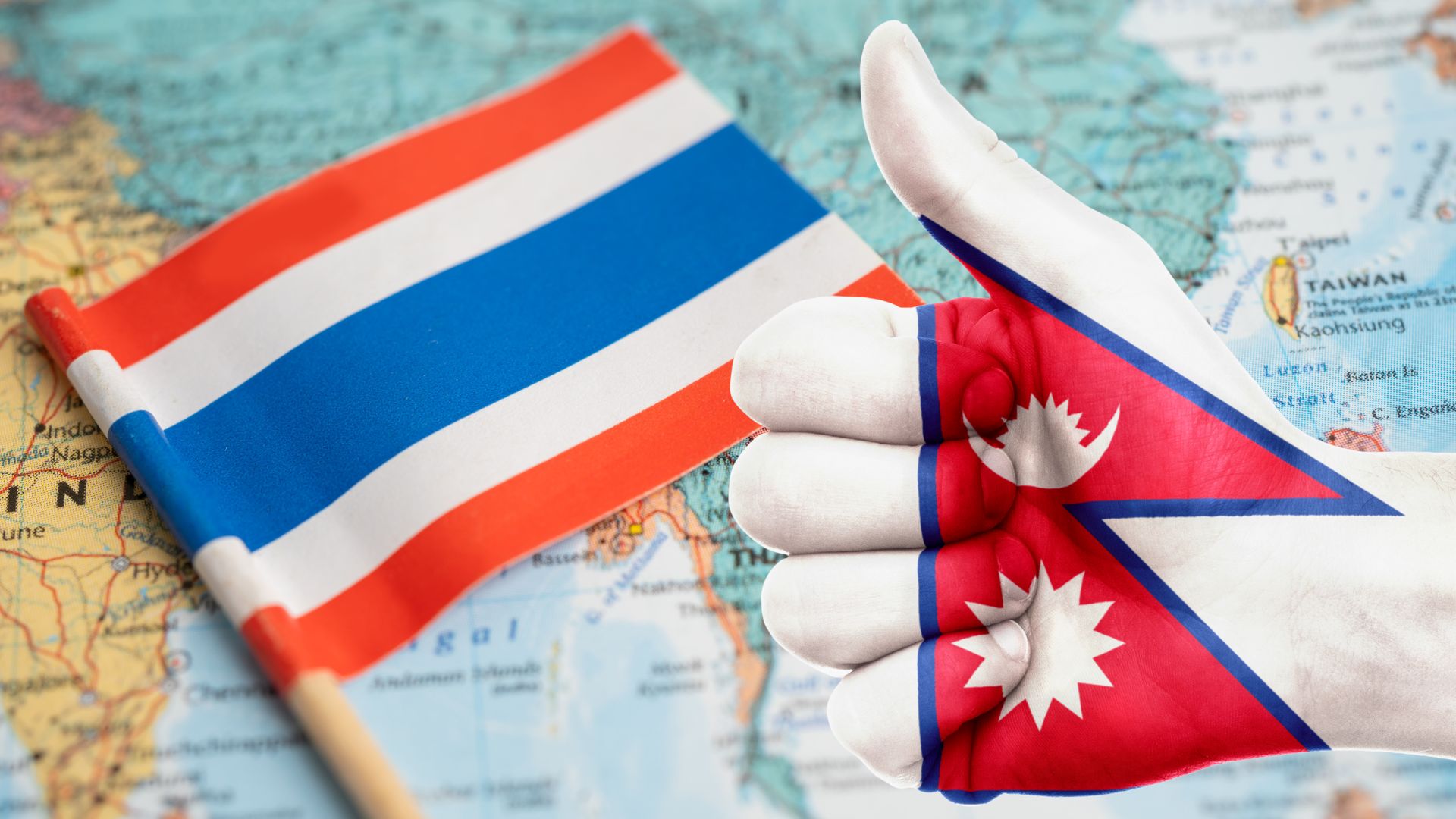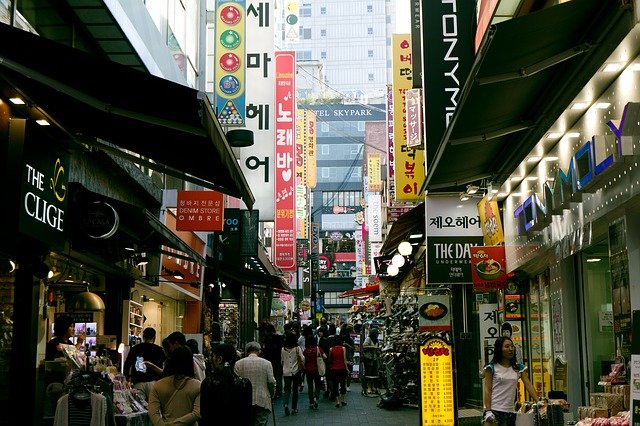
.
Thailand and Nepal have been bound by culture and shared values historically, demonstrating support for each other in regional and international forums. Though relations have fostered in the last six decades, there can be a lot more done to deepen ties between the two countries. BIMSTEC, particularly, can be one such platform to achieve this goal.
Bilateral Engagement
Official diplomatic relations between Thailand and Nepal were established on 30 November 1959, however, strong linkages between the people of Thailand and Nepal date back to ancient times with the flourishing of Buddhism in Thailand. In order to enhance bilateral cooperation, both countries formed a Joint Working Group at the level of Foreign Secretaries in 1984 which had its first meeting in Kathmandu in 1986 and was later upgraded to Joint Commission in 1990. The Joint Commission at the Foreign Secretary’s Level meets every year to conduct discussions on the whole gamut of relations including trade, tourism, civil aviation, investment and culture. There have been frequent high-level visits and diplomatic exchanges between both sides – starting from HH Supreme Patriarch (Sangharaja) Somdet Phra Nayanasambhara’s visit in 1970 to the recent visit of HRH Princess Maha Chakri Sirindhorn in 2017; from King Mahendra of Nepal’s visit in 1970 to Nepali Prime Minister KP Sharma Oli’s trip in 2017.
Trade between Thailand and Nepal is in upward trajectory and heavily skewed in favour of Thailand. Thailand exports construction materials, electric goods, palm oil products, garments, processed food and rubber products, transport and telecommunication goods to Nepal, while it imports handicrafts, carpets, Himalayan herbs, garments, jewellery, precious stones and paper products from Nepal. With the aim to promote tourism and trade between the two countries, the Nepal Chamber of Commerce and Thai Chamber of Commerce signed a Memorandum of Understanding on 20 May 2004 in Bangkok. Thereafter, there has been an increase in investment in Nepal from Thailand especially in manufacturing, the service industry including hotel and restaurants, production of mineral water among others. According to New Business Age, by 2014, Thailand had invested NPR 116.29 million (almost USD 1 million) in 11 different industries.
Thailand is also a favourite study destination for Nepalese students and accordingly, the Government of Thailand has been providing scholarships to Nepalese students to study subjects such as engineering, medicine, agriculture and economics under the Technical Cooperation scheme among Developing Countries through the Thailand International Cooperation Agency (TICA). Similarly, Thai hospitals have gained popularity among Nepalese citizens seeking reliable health facilities.
There have been numerous instances of cultural and religious networks between Thai and Nepalese citizens. While a number of Nepalese nationals visit different cities of Thailand for tourism, education and medical facilities, thousands of Thai nationals frequent Lumbini, Pokhara and Kathmandu. Since around 90 percent of Thai people practise Buddhism, more than 50 thousand Thai pilgrims visit Lumbini, the birthplace of Buddha, every year. Similarly, Nepali Buddhists often undertake visits to the beautiful Buddhist Monasteries of Thailand. The Royal Thai Government and the Buddhists followers of Thailand have also supported the construction of a monastery modelled on Thai architectural style and the renovation of the Maya Devi temple in Lumbini. Moreover, His Majesty King Bhumibol Adulyadej has written a book titled, “The Story of Maha Janaka” about the Mithila king ‘Janak’ of Janakpurdham, Nepal which attained massive popularity among Thai people inspiring Thai visits to Janakpurdham. In 2014, Thailand also committed to develop the cremation center in Janakpur and the construction of the general hospital in Lumbini.
As Bangkok and Kathmandu have supported each other on regional and international forums, both countries have worked together and exchanged cooperation under the BIMSTEC Forum. As one of the founding members of BIMSTEC, Thailand was supportive of Nepal’s membership to the sub-regional organization. Nepal was formally acceded to BIMSTEC during its sixth Ministerial meeting at Phuket in February 7-8, 2004.
.
Opportunities through BIMTSEC
As Nepal is a connectivity deprived nation and regional connectivity is crucial for Nepal’s economic transformation, herein lies BIMSTEC’s significance. BIMSTEC offers both Thailand and Nepal the opportunity to foster inter-nation connectivity as well as connectivity with the South Asian and South East Asian region through road, rail, sea ports and air links. Both countries will have greater access to the Bay of Bengal region enhancing their exports and tourism industry.
The Motor Vehicles Agreement for the regulation of passenger and cargo vehicular traffic between and among BIMSTEC member countries and the Agreement on Coastal Shipping among BIMSTEC Member States is also under consideration. Thailand and Nepal should push for early conclusion of these agreements as it is expected to promote and facilitate intra-regional trade.
While Thailand is famous for its beautiful beaches, Nepal has the world’s highest snow-capped mountains. Therefore, tourism has huge potential in the BIMSTEC region and the economies of both Thailand and Nepal are dependent on tourism. Both countries can learn from each other’s experiences and utilise the BIMSTEC Tourism Fund to promote and attract tourism across the region.
BIMSTEC also aims to develop and promote the Buddhist Tourist Circuit, Temple Tourist Circuit, ancient cities trail, eco-tourism and medical tourism. These new initiatives and connectivity options through BIMTSEC will be able to further promote Buddhist pilgrimages from both the countries as well as from Sri Lanka, Myanmar, Laos, Vietnam and Cambodia.
Moreover, the access to ever-growing consumer markets of South Asia and South East Asia for Thailand and Nepal through BIMSTEC will help counterbalance Beijing’s inroads into these markets.
Prospects of Deepening Ties
The development of strong ties between Thailand and Nepal has huge prospects for both the friendly nations. Thailand’s experience, particularly in the fields of agriculture, small and medium enterprises and Tourism, can be useful for Nepal. In order to promote people-to-people relations through tourism, both the countries should develop a common website for promoting tourism between their countries.
BIMSTEC has established a Network of Policy Think-Tanks in 2010 to facilitate track-II diplomacy in the region. Track-II diplomacy through universities, civil societies and think-tanks can be fruitful for regular exchanges and policy coordination among the two BIMSTEC member states.
Moreover, as Nepal located in the Himalayan region is prone to natural disasters and new threats due to climate change, the setting up of the BIMSTEC Weather and Climate Center (which is under consideration) in coordination with the Asian Disaster Preparedness Centre based in Thailand would be in Nepal’s interest.
Apart from these areas, there are several other areas such as combating transnational crimes like human trafficking, illicit movement of narcotic drugs, money laundering among others where both countries can collaborate in order to strengthen their ties.
.






